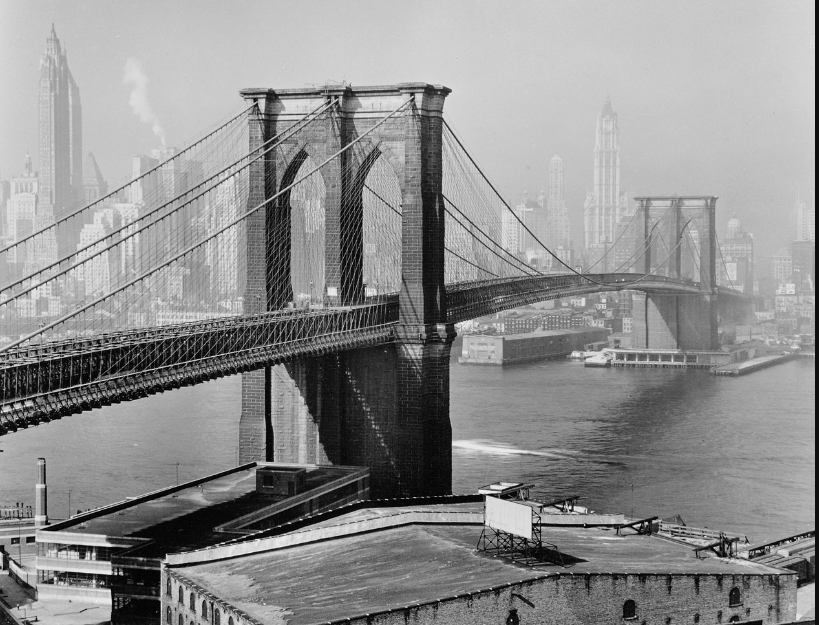The Brooklyn Bridge stands as an iconic symbol of New York City, capturing the imagination of both locals and visitors alike. Spanning the East River, this architectural marvel not only connects the boroughs of Manhattan and Brooklyn but also connects the past with the present. Its rich history is a testament to the human spirit, ingenuity, and the determination to overcome challenges. In this blog post, we will delve into the fascinating history of the Brooklyn Bridge, exploring its conception, construction, and enduring legacy.
Conception and Design:
The idea for the Brooklyn Bridge was conceived in the mid-19th century, as the growing city of New York sought ways to ease transportation between Manhattan and Brooklyn. In 1867, a competition was held to determine the design for the bridge. The winning design, submitted by John A. Roebling, an accomplished civil engineer, featured a suspension bridge with two monumental stone towers and a roadway suspended by steel cables.
The Roebling Family's Tragedy:
Shortly after the project began, tragedy struck the Roebling family. John A. Roebling died due to a tetanus infection caused by a foot injury on the construction site. His son, Washington Roebling, took over as the chief engineer, despite being partially paralyzed due to decompression sickness he had suffered during the bridge's early construction. Washington's wife, Emily Roebling, played a crucial role in the completion of the bridge, acting as a liaison between her husband and the construction team.
Construction Challenges:
The construction of the Brooklyn Bridge presented numerous challenges. One major obstacle was the depth and unpredictable currents of the East River. To overcome this, the builders employed innovative underwater caissons, massive watertight structures that allowed workers to dig deep into the riverbed. This pioneering engineering technique laid the foundation for the bridge's towers.
Monumental Achievements:
The Brooklyn Bridge's construction spanned fourteen years, from 1869 to 1883. It required the effort of thousands of workers, who toiled in dangerous conditions. The completion of the bridge was a monumental achievement, as it became the longest suspension bridge in the world at the time, with a span of 1,595 feet.
Opening and Impact:
On May 24, 1883, the Brooklyn Bridge was finally opened to the public, creating a momentous occasion for New Yorkers. The bridge quickly became a symbol of progress and unity, fostering economic growth and facilitating the movement of people and goods between Manhattan and Brooklyn. It also paved the way for the development of both boroughs and contributed to the expansion of New York City.
Enduring Legacy:
Over a century after its completion, the Brooklyn Bridge continues to captivate visitors with its majestic presence. It has been recognized as a National Historic Landmark and stands as an enduring testament to human achievement. Its distinctive Gothic arches, suspension cables, and panoramic views of the city have made it a beloved landmark and an iconic backdrop for countless photographs and films.
The Brooklyn Bridge is more than just a physical structure. It represents the indomitable spirit of the people who envisioned, designed, and built it. The bridge's rich history, marked by triumph and tragedy, serves as a reminder of human ingenuity and perseverance. As it gracefully spans the East River, the Brooklyn Bridge remains a cherished symbol of New York City, an architectural masterpiece, and a testament to the power of human achievement.
